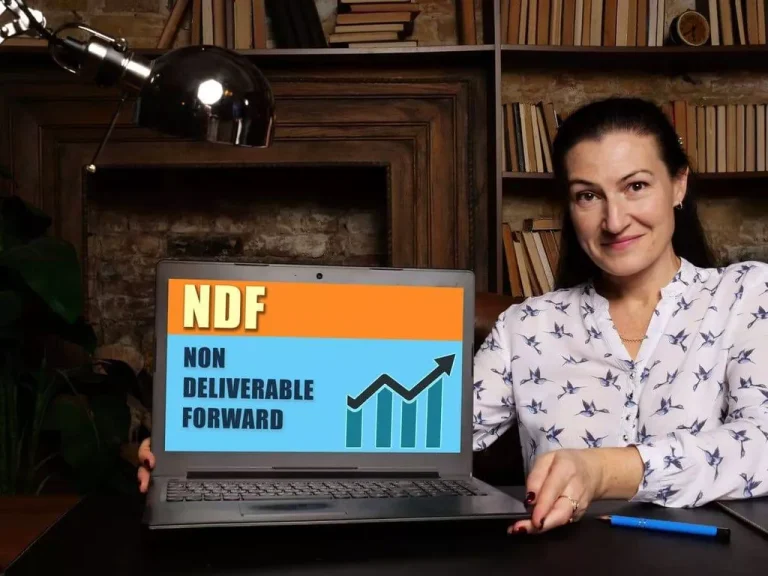For instance, Ethereum requires stakers to hold a minimum of 32 ETH cash to turn out to be validators. Staking requirements vary from network to community as various networks demand completely different levels of participation from their stakeholders. Nevertheless, the 2 most common necessities to start staking in most networks are capital and technical know-how. Nevertheless, whereas Ethereum at present uses the PoW consensus mechanism, NEO makes use of the delegated Byzantine Fault Tolerance (dBFT) model to realize consensus. Arguably, a bulk of the energy used to mine PoW cash finally ends up wasted as a outcome of only one of many miners is rewarded for his or her efforts.
What’s The Distinction Between Proof Of Work And Proof Of Stake?
If the miner does not precisely validate the block, they might lose their stake or coins. Making miners put up a stake reduces their likelihood of coin theft and other fraud, offering an extra layer of safety. The cause behind it is the requirement of an initial hardware cost after which the consistent expenditure of assets quite than a simple one-time expense to participate and that of proof of stake.
Bnb Chain: Bep20, Tokenomics, And Sensible Chain

While PoS presents clear energy efficiency benefits, it confronts the ‘Nothing at Stake’ downside, unique to this consensus mechanism. Also, PoS fashions like Delegated PoS try to rectify the centralization problem by instituting voting methods where stakers elect representatives, but risks of oligopolies persist. This mechanism harnesses hashing algorithms making it computationally troublesome to solve the puzzles however simple for others to verify the solutions. The participation of numerous miners throughout the globe makes it highly decentralized however reinforces rigorous safety measures. In addition, miners show the duration of their transaction validation.
Are All The Highest Cryptocurrency Exchanges Based In The United States?
Nevertheless, mechanisms like Ethereum 2.0’s slashing penalties address potential dangers of validator dishonesty. To conclude, one can observe various dynamics at play in PoW and PoS buildings, every with unique benefits and shortcomings. As the blockchain business continues to evolve rapidly, builders concentrate on mitigating these consensus mechanisms’ limitations for enhanced blockchain security and operation. A key strength of Proof of Stake lies in its capacity to supply security with out the hefty energy requirements of Proof of Stake. This advantage creates a more sustainable blockchain, enhancing upon one of the noted drawbacks of PoW.
To participate in this competitors, you want a powerful laptop that guesses as many attainable mixtures of numbers as rapidly as potential. The proof of labor vs. proof of stake debate entails important subjects, including decentralization, transaction speeds, and the setting. It Is a crucial dialogue with implications which will have an result on the method ahead for crypto. While PoS is usually thought-about safe, it has its personal vulnerabilities.
Nominators can select as a lot as 16 validators, however they can’t decide the stake’s distribution between them. Validators compete in a disposal system by allocating DOT tokens to secure the network. Whether the crypto pockets requires multiple keys to authorize a transaction as an extra layer of safety. What this has resulted in is centralized organizations shopping for hundreds of devices (known as ASIC’s) which generate the very best mining energy. This sort of operation is named a ‘mining pool’ and it allows folks to ‘pool’ their assets collectively to offer them the greatest chance of solving the cryptographic sum first. However, assuming you might have staked the required minimum, your probabilities of successful the reward (transaction fees) is linked to the entire proportion of cash you maintain.
This does seem that Proof of stake favors the wealthy nevertheless in the economic system of scale in PoW, it favors the wealthy much more. You’re probably wondering which proof mechanism may be Proof of personhood more adoptable, dependable, sustainable, and thus investable for the long run. The staker who will get to provide the new block—a course of referred to as minting or forging, as opposed to mining—is chosen at random.
- In Addition To, prominent blockchains, corresponding to Bitcoin (PoW) and Ethereum & Cardano (PoS), rely upon these technologies’ respective consensus mechanisms for his or her operations.
- Whoever guesses the mixture appropriately first will get to replace the ledger with that specific assortment of transactions.
- The incentive is to have a functional network via which to course of your transactions.
She likened this to how Bitcoin miners propelled advancements https://www.xcritical.com/ in hardware technology. Bitcoin, the first cryptocurrency, showcases PoW’s strengths in safety and decentralization. Other examples include Litecoin and Bitcoin Money, which undertake PoW for its established reliability.
To summarize, Proof of Stake serves as an alternate mechanism to Proof of Work, carrying potential advancements in scalability, power effectivity, and decentralized control. However, it does introduce its challenges, necessitating continued innovation in consensus mechanisms for blockchain safety proof of work coins. On the optimistic, Proof of Work assures high ranges of security and decentralization, important elements of a foolproof blockchain network. The intense computational work carried out by miners makes it extraordinarily expensive and time-consuming to execute fraudulent transactions. Thanks to decentralization, no single entity can gain complete management over the network, so maintaining fairness.
Proof of work and proof of stake are the 2 most popular ways of processing cryptocurrency transactions. While they vary in crucial methods, proof of stake and proof of work are designed to guarantee users that payments will undergo as anticipated. Finally, critics also caution that proof of stake is a extra moderen, less-proven system, and could face unexpected assaults down the road. The system was first implemented in 2012, and wasn’t used on a scale corresponding to Bitcoin till the Ethereum network’s shift to proof of stake in 2022. Furthermore, the codes that energy Ethereum’s proof of stake mechanisms are extra advanced, which can create extra risks.

In PoW, miners clear up complicated mathematical puzzles to validate blocks of transactions and add them to the blockchain. This process, usually termed ‘mining,’ requires substantial computational energy, usually involving high-powered computer systems. Proof of stake (PoS) is quickly turning into the go-to consensus mechanism for new cryptocurrency projects. Just like PoW, PoS is used to validate and safe cryptocurrency transactions on blockchain networks or other distributed databases. In many cases, PoS validators are chosen based on the variety of coins or tokens they stake, that means the extra you stake, the more likely you’re to be selected.
